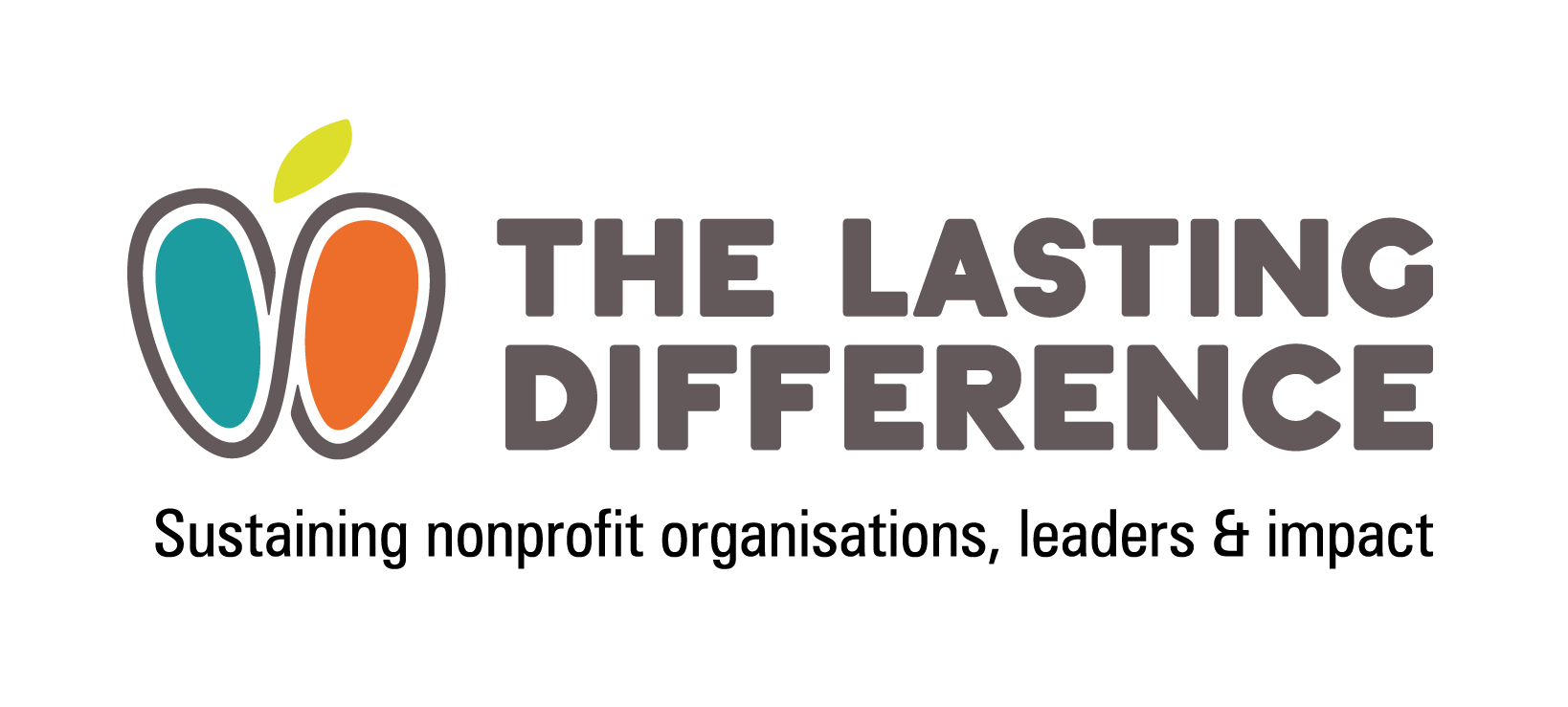In the first article of this series, we identified the ‘seven domains’ of sustainable impact – the different ways in which you can make a lasting difference. The first domain is about you as an individual – being valuable but not precious. Today, Graeme introduces the second domain: ensuring the people or issues you serve experience the long term benefits of your support.
Provocations
- What difference do you want to make?
- What difference do you really make? Who says?
- What evidence is there that your model works?
Introducting outcomes
Outcome-based planning and evaluation have been the norm for most non-profit organisations (and their funders) for the last 20 years. But lots of organisations are still unclear about the difference they actually make. This is a problem. If you want to make a lasting difference to the people or issues you support, first you have to make a difference.
First-order outcomes: effectiveness and alleviation (give someone a fish…)
Since 2008, I’ve trained and supported more than 2000 organisations to plan and measure outcomes. Most of these focused on the immediate difference they want to make. This is understandable, as these are the outcomes that can be most easily achieved (and measured), either in a short-term intervention or as the first steps in a longer-term ‘theory of change’. Things like:
- Increased awareness (e.g. of issues, topics, support)
- Improved access (e.g. to rights, support, information)
- Improved resources (e.g. better information, more informed decisions)
- Improved partnerships (e.g. more joined-up working with other services)
Person-centred or asset-based approaches might also have appropriate open-ended outcomes like people being more able to articulate and achieve their own goals.
First-order outcomes like these are important. And in some cases, they might be all that can be achieved – telephone helplines for instance might only have short, one-off contacts with people, so they need realistic outcomes to reflect that.
But for outcomes to be sustained, something else needs to change. Capacity needs to be built, either in people, organisations or the systems they are part of. We’ll think more about organisations and systems in the next five domains. For now, the second order of outcomes relates to increased capacity and resilience in the longer term.
Second order outcomes: empowerment and prevention (show them how to fish…)
First of all, let’s be clear that there are some situations in which people or issues will always need support. Some people need lifelong care. Complex, intractable issues like inequality and climate change won’t solve themselves. We should also be clear that nothing in the known universe is self-sustaining. (This is known as the ‘Myth of Perpetual Motion’ which you can read about in the free Lasting Difference toolkit and more fully in my more expensive book!).
Nevertheless, there’s usually something we can do (and ethically, there’s often something we must do) to ensure our impact is sustained after our input comes to an end. Things like people…
- Having increased resilience, problem-solving skills and resources for life (e.g. self-management skills, self-advocacy).
- Having increased independence (with or without ongoing support).
- Being better connected (e.g. with supportive peers or community life).
- Having the skills and motivation to help others (e.g. youth services are often sustained by former participants coming back as volunteers).
- Having increased ownership of an issue (e.g. a conservation charity can only install and monitor so many bat boxes, but it can equip networks of supporters to help).
Second-order outcomes have a multiplier effect. They build people’s capacity to help themselves and others. For example, improving children’s lives by helping families to develop parenting skills; improving community capacity by running training for volunteer trainers; increasing skills by developing peer researchers and community activism.

Prevention
Second-order outcomes help to prevent future problems – indeed, prevention is an important second-order outcome. In Community Development, they talk about whether it is better to pull drowning people out of the river (a first-order intervention, alleviating an immediate need) or to go upstream and build a better bridge (a second-order intervention, preventing future needs from arising).
Very importantly, upstream second-order outcomes are about improving the capacity of services, organisations and systems. We’ll explore these domains in future articles:
- Other organisations being more able to respond to need and take a lead on topics.
- Policy and policy makers responding to evidence of changing needs.
- Communities being better informed, connected and equipped.
Second order outcomes and funding
Capacity building and prevention haven’t traditionally been looked on favourably by funders, who typically prioritised direct, first-order interventions that can be delivered and measured within short-term funding periods. But the challenges we face in society are ever more complex and the resources we have to address them are ever scarcer. Second-order outcomes are the only way to achieve sustainable impact with sustainable resources.
Conclusion
Second-order outcomes are about ensuring things have a life after you leave. As the old saying goes, give someone a fish and you feed them for a day; show them how to fish and you feed them for life.
Note on measurement
Many organisations find it hard to measure outcomes, often for good reason. The most important outcomes are often intangible: ‘soft’ but vital things like wellbeing, employability, inclusion. Measuring them is tricky because cause and effect are unclear, or proxy indicators break the outcome down into manageable (measurable) pieces of the mosaic, but don’t give a complete picture. Lots of help is available with making sense of evaluation, including measuring prevention and capacity building. There’s no reason to let measurement get in the way of achievement.
Remember the first domain of sustainable impact too: being valuable without being precious. What could we all achieve (as individuals, services, funders or policy makers) if we let go of the need to take credit or claim attribution and got on with making a lasting difference?
